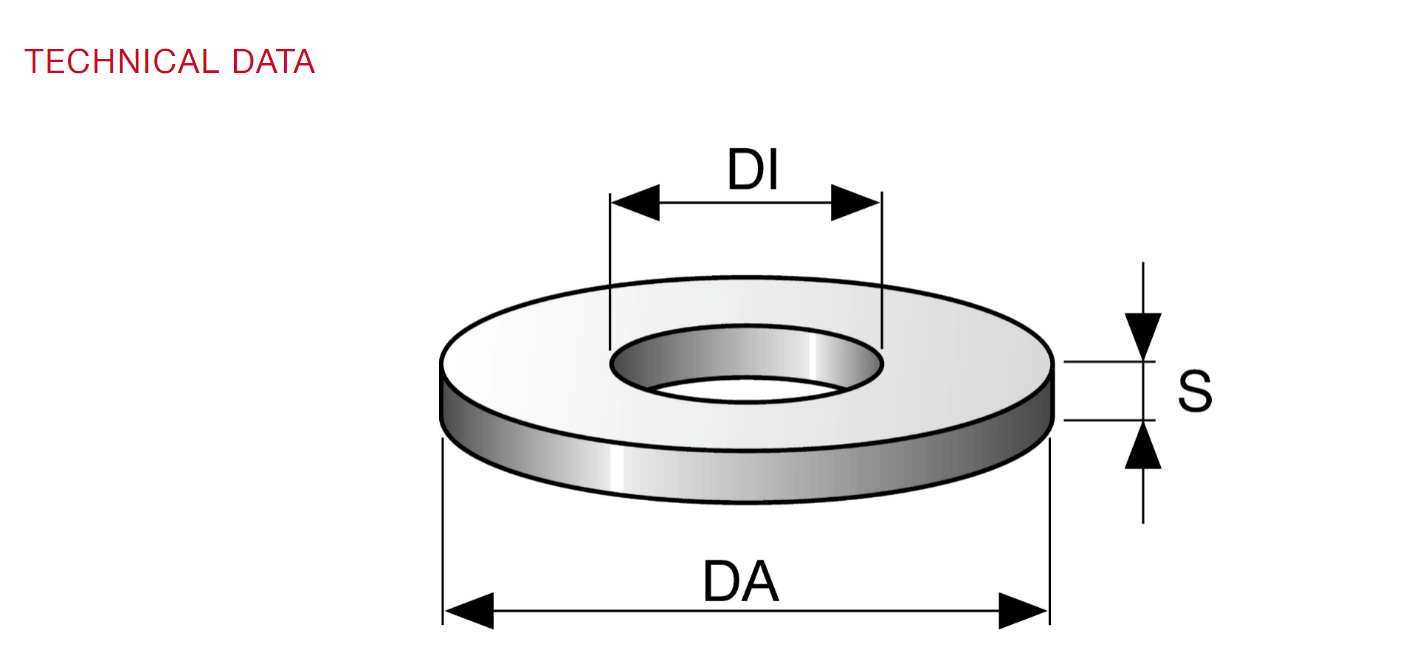best nail or screw drywall
When it comes to installing drywall, one of the most critical decisions you’ll make is whether to use nails or screws. Both have their pros and cons, and understanding these can help you choose the best option for your specific project. While nails were the traditional staple in drywall installation, screws have gained immense popularity over the years, and for good reason.
Nails vs. Screws The Basics
Nails are often faster to install. Using a nail gun can significantly expedite the process, allowing professionals and DIYers alike to cover large areas quickly. However, nails can be more prone to popping out over time, especially with changes in temperature and humidity that cause the drywall to expand and contract. This was a common issue in older homes where nail pops became a frequent repair task.
On the other hand, drywall screws provide greater holding power. The threads on screws grip the drywall securely, reducing the likelihood of movement and ensuring a longer-lasting installation. This is particularly beneficial in environments where shifting might occur, such as in areas with fluctuating moisture levels. Additionally, screws create a stronger bond with the studs behind the drywall, making them less likely to pull away over time.
Installation Considerations
If you decide to use screws, ensure you invest in a quality drywall screw gun. This tool is specifically designed for driving screws to the correct depth without damaging the drywall surface. Proper screw placement involves spacing screws approximately 12 to 16 inches apart along the edges and every 16 inches in the field, which helps distribute the load evenly.
best nail or screw drywall

When using nails, it’s vital to ensure they are driven flush with the drywall surface to avoid having to perform extensive taping and mudding later. Clipped or damaged nails can lead to imperfections that are difficult to conceal.
Cost and Efficiency
From a cost perspective, nails tend to be cheaper than screws. However, the difference in overall project quality and durability may justify the additional cost of screws. In the long run, the added strength of screws can lead to fewer repairs, making them the more economical choice despite their initial higher price.
Conclusion
Ultimately, the choice between nails and screws for drywall installation depends on your specific needs. If speed is your top priority and you’re comfortable with potential repairs down the line, nails may be suitable. However, if you’re seeking an installation that will stand the test of time, investing in screws is the wiser choice. With the right tools and techniques, either option can yield a professional finish that will enhance your space.
-
Top Choices for Plasterboard FixingNewsDec.26,2024
-
The Versatility of Specialty WashersNewsDec.26,2024
-
Secure Your ProjectsNewsDec.26,2024
-
Essential Screws for Chipboard Flooring ProjectsNewsDec.26,2024
-
Choosing the Right Drywall ScrewsNewsDec.26,2024
-
Black Phosphate Screws for Superior PerformanceNewsDec.26,2024
-
The Versatile Choice of Nylon Flat Washers for Your NeedsNewsDec.18,2024










